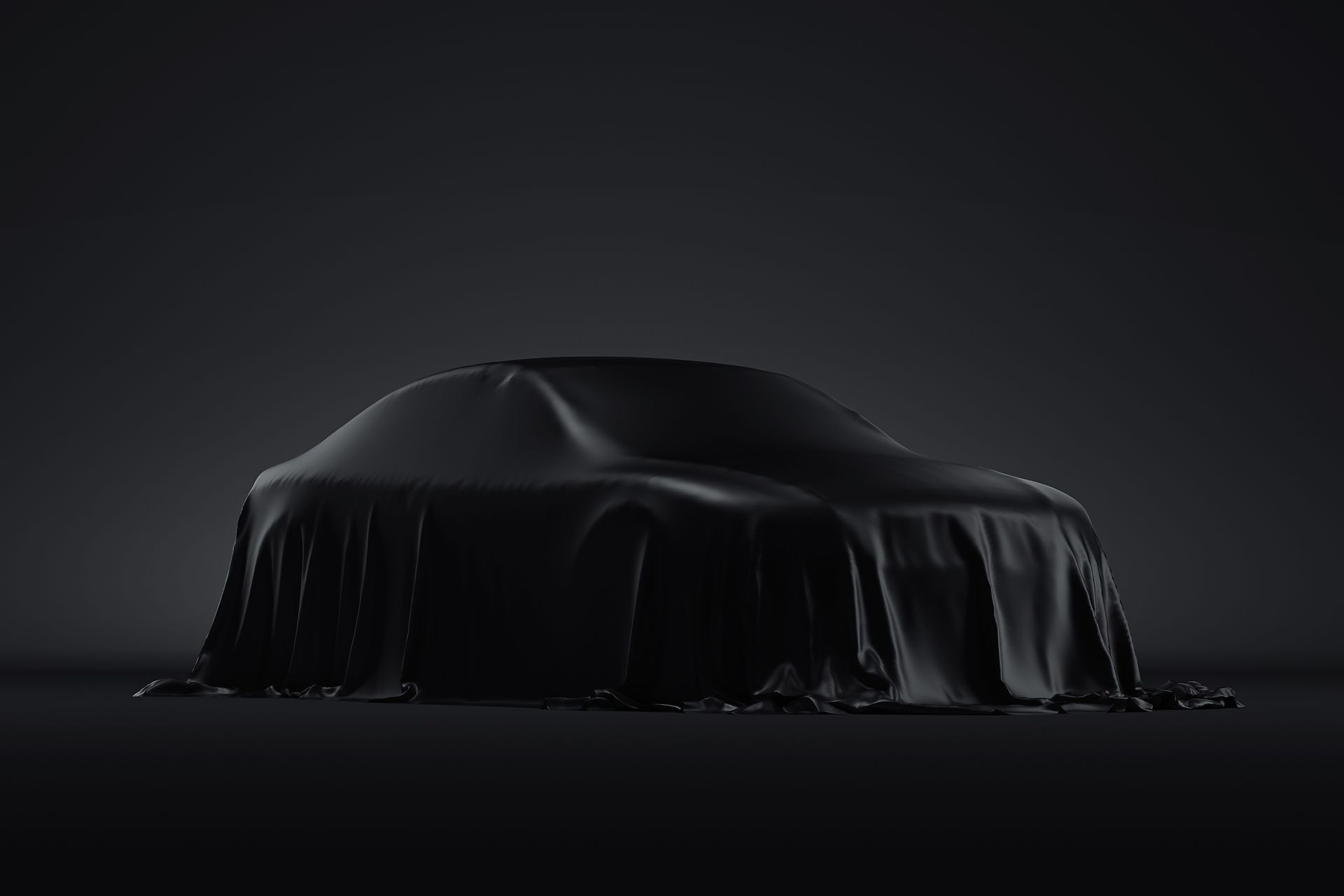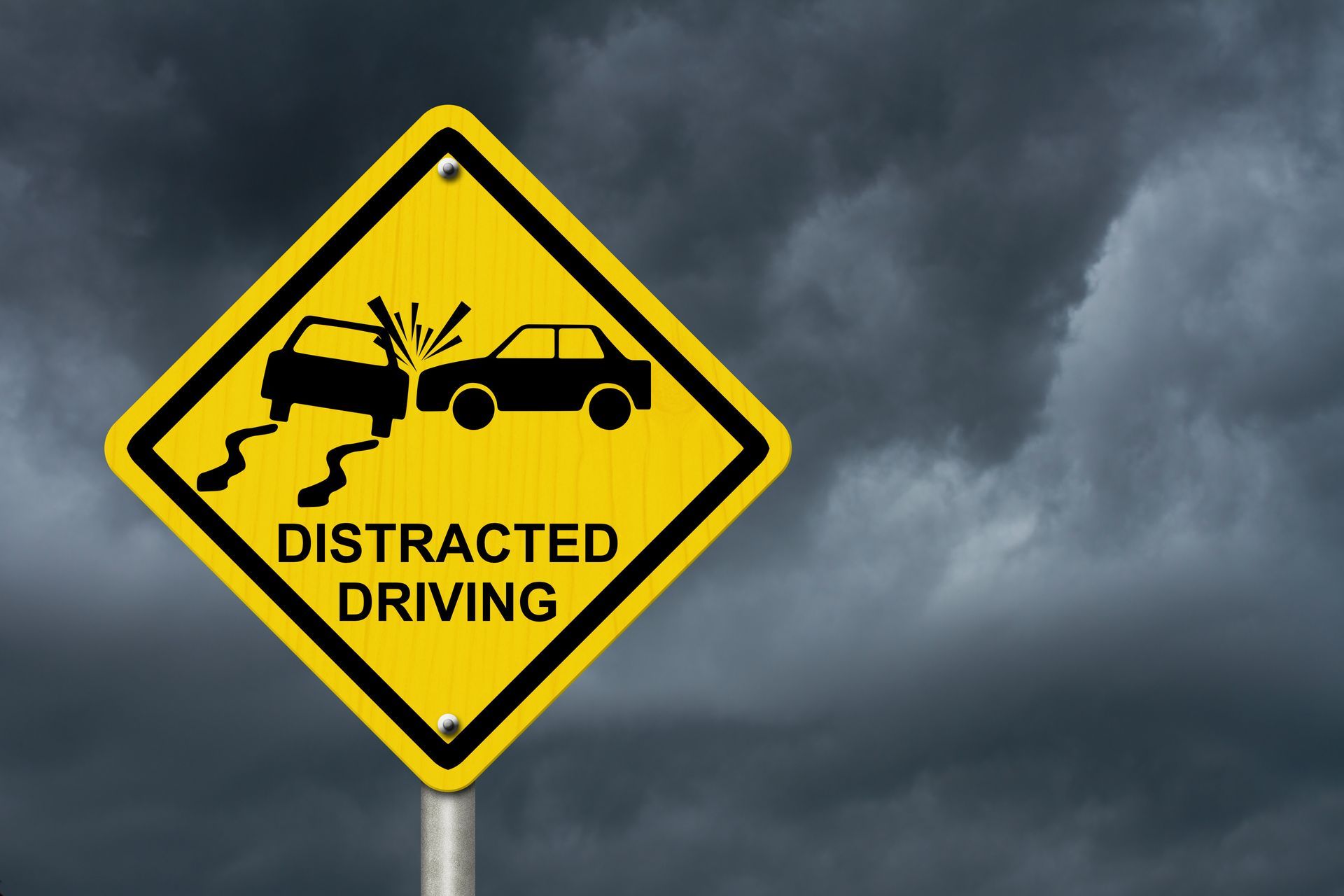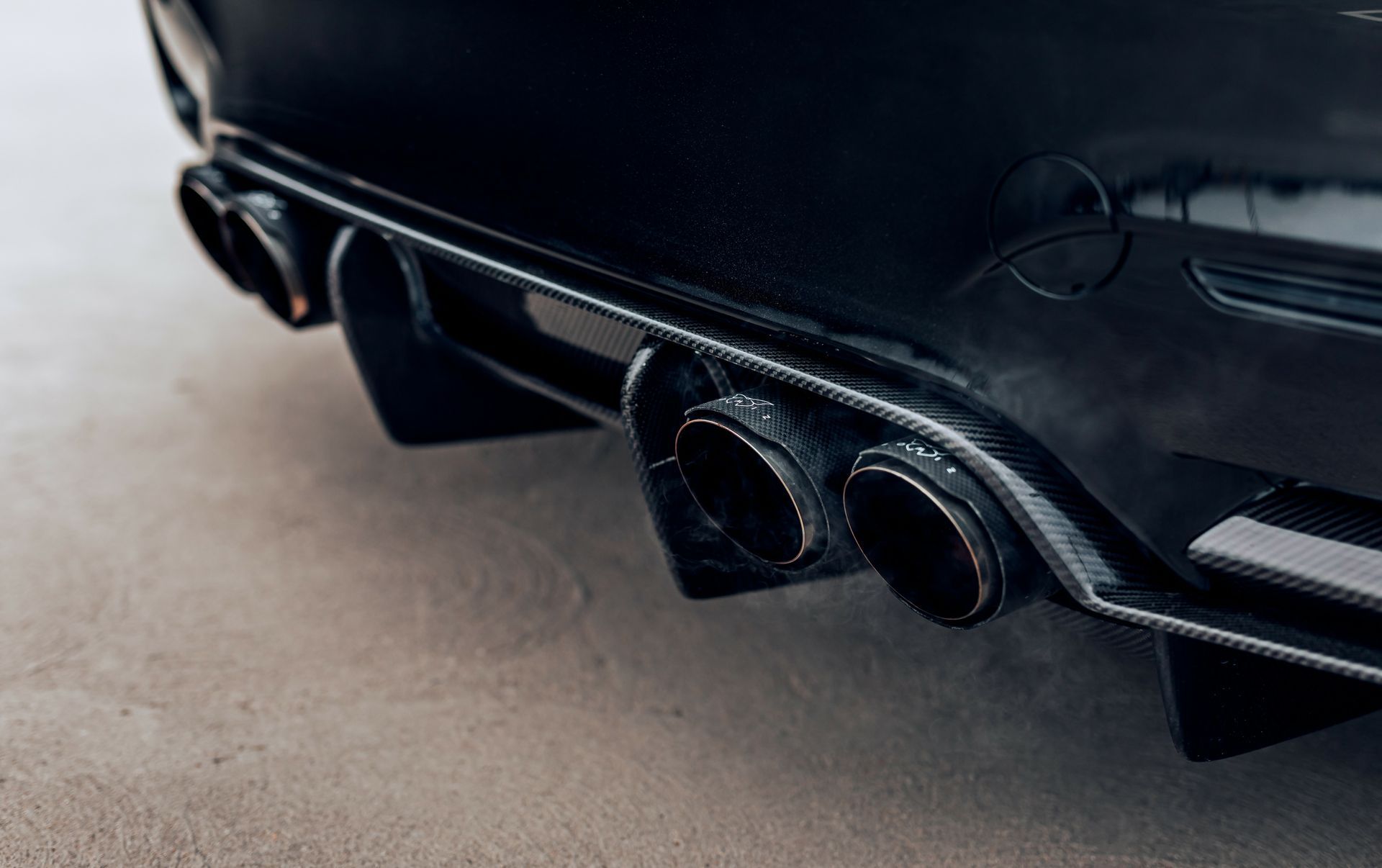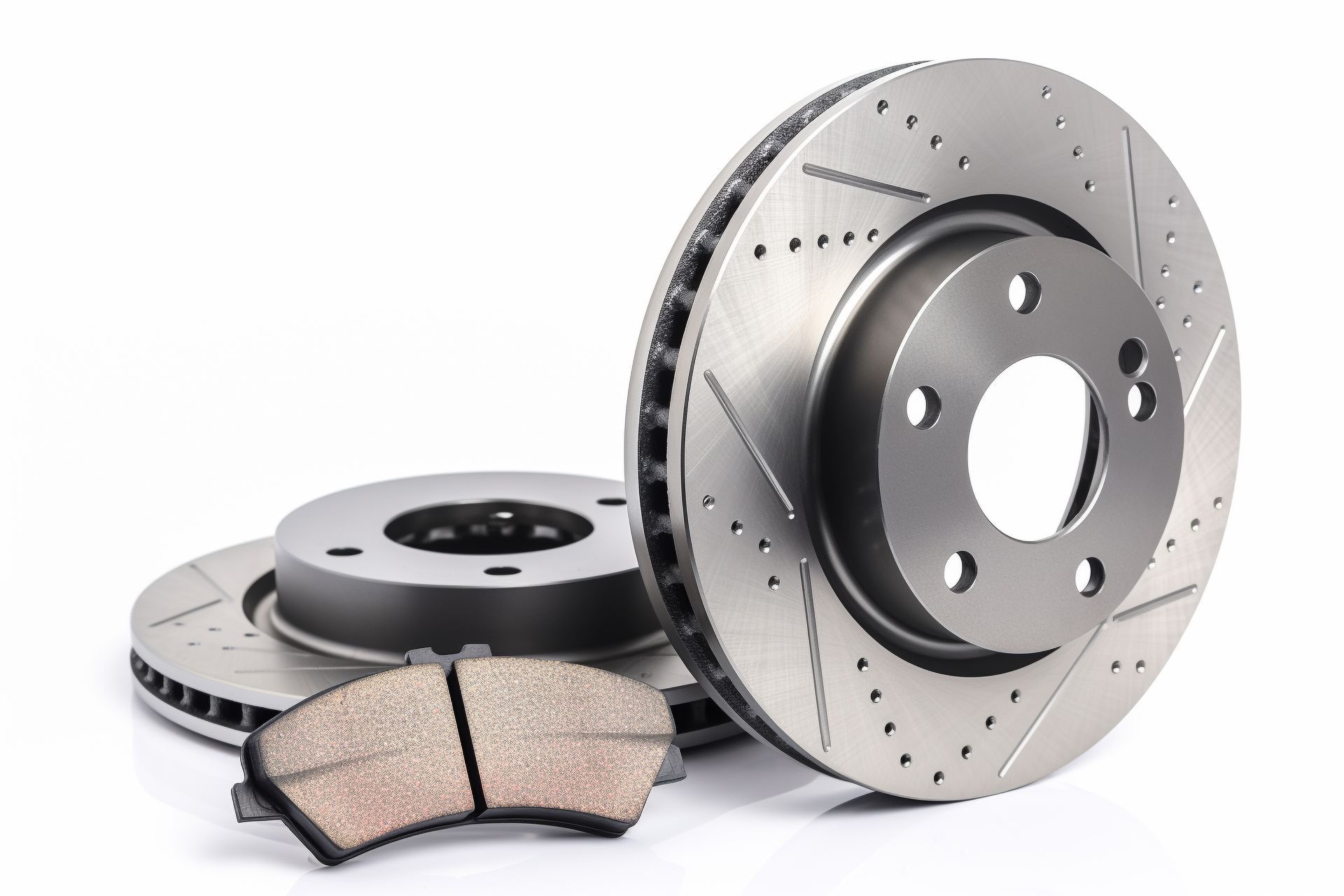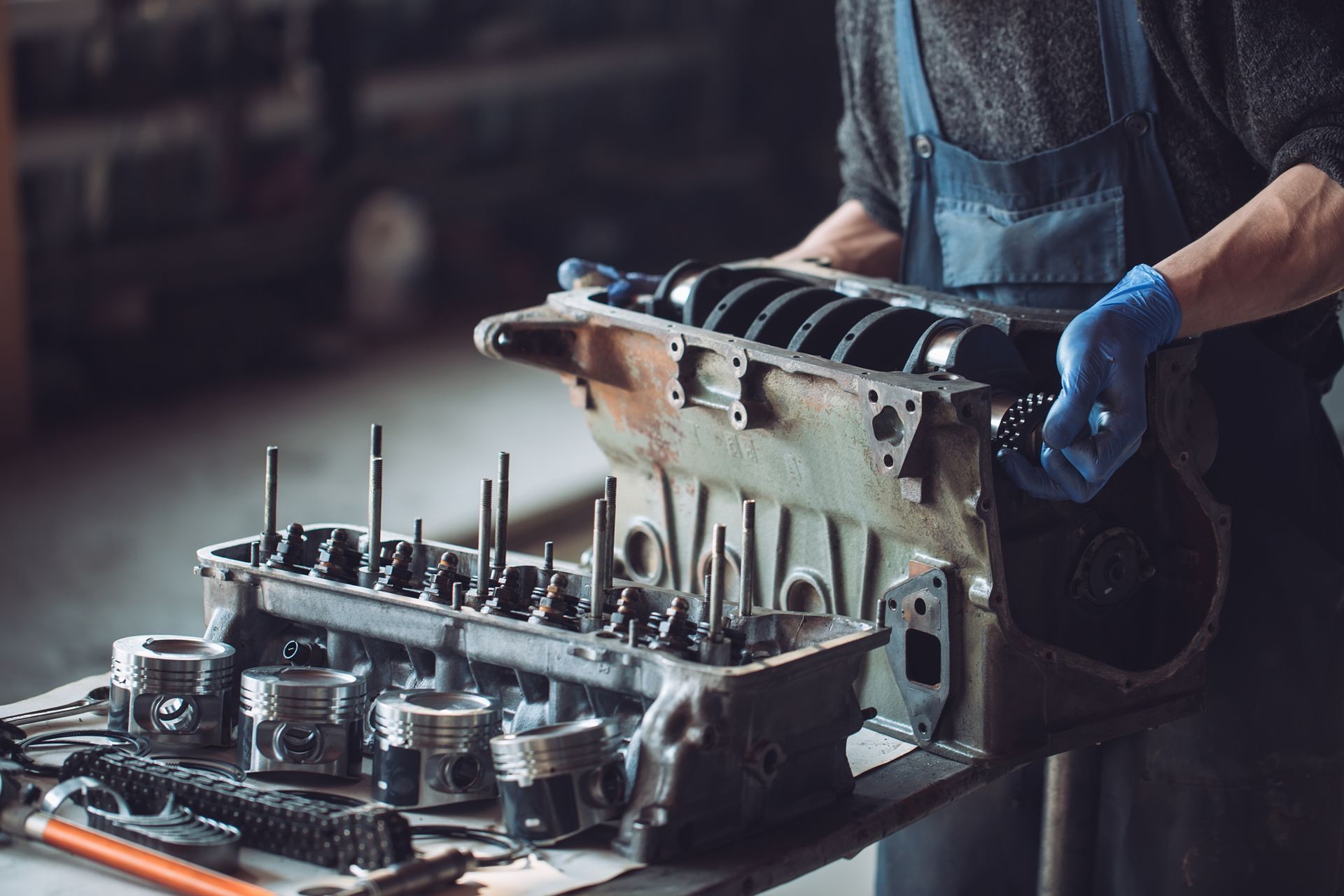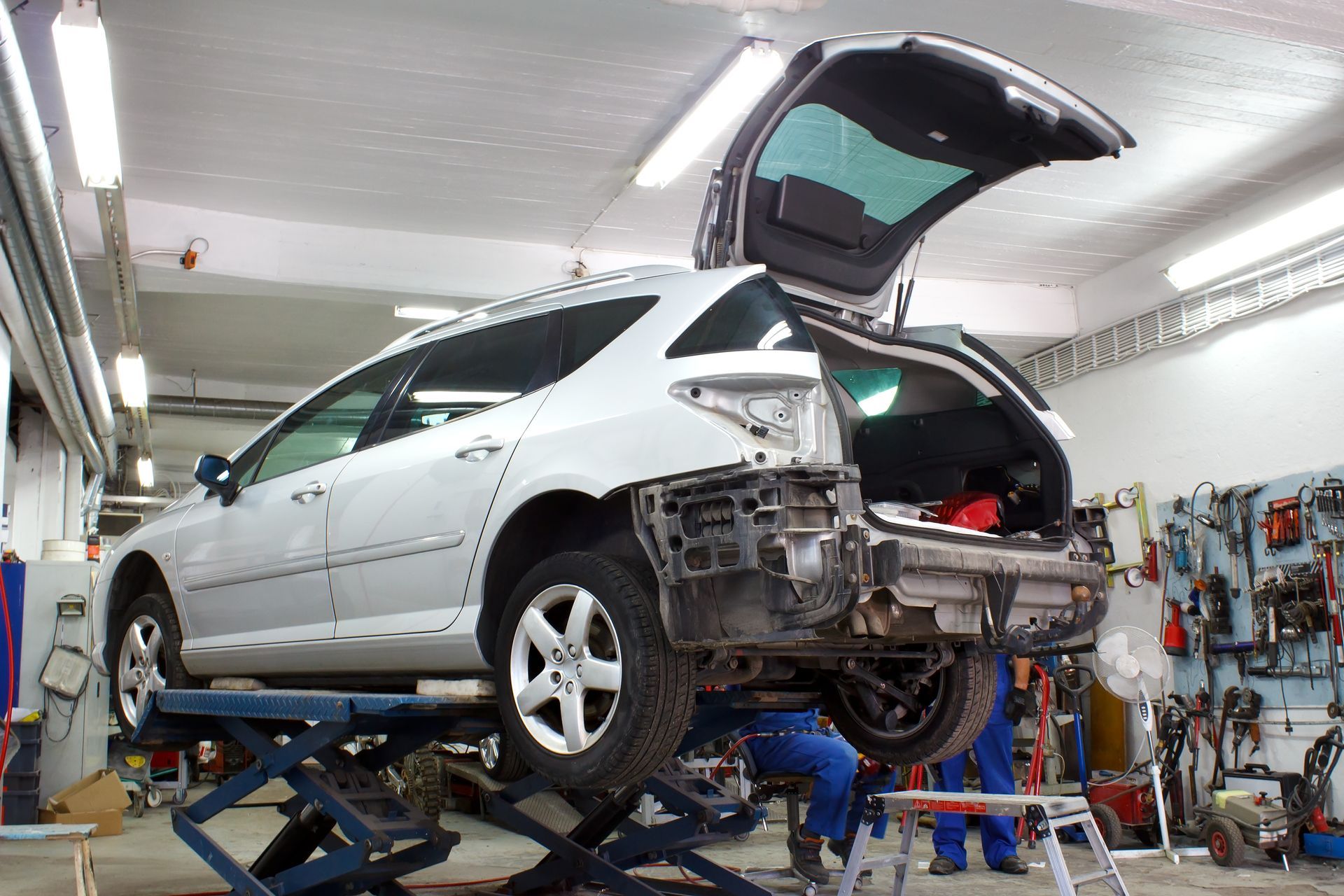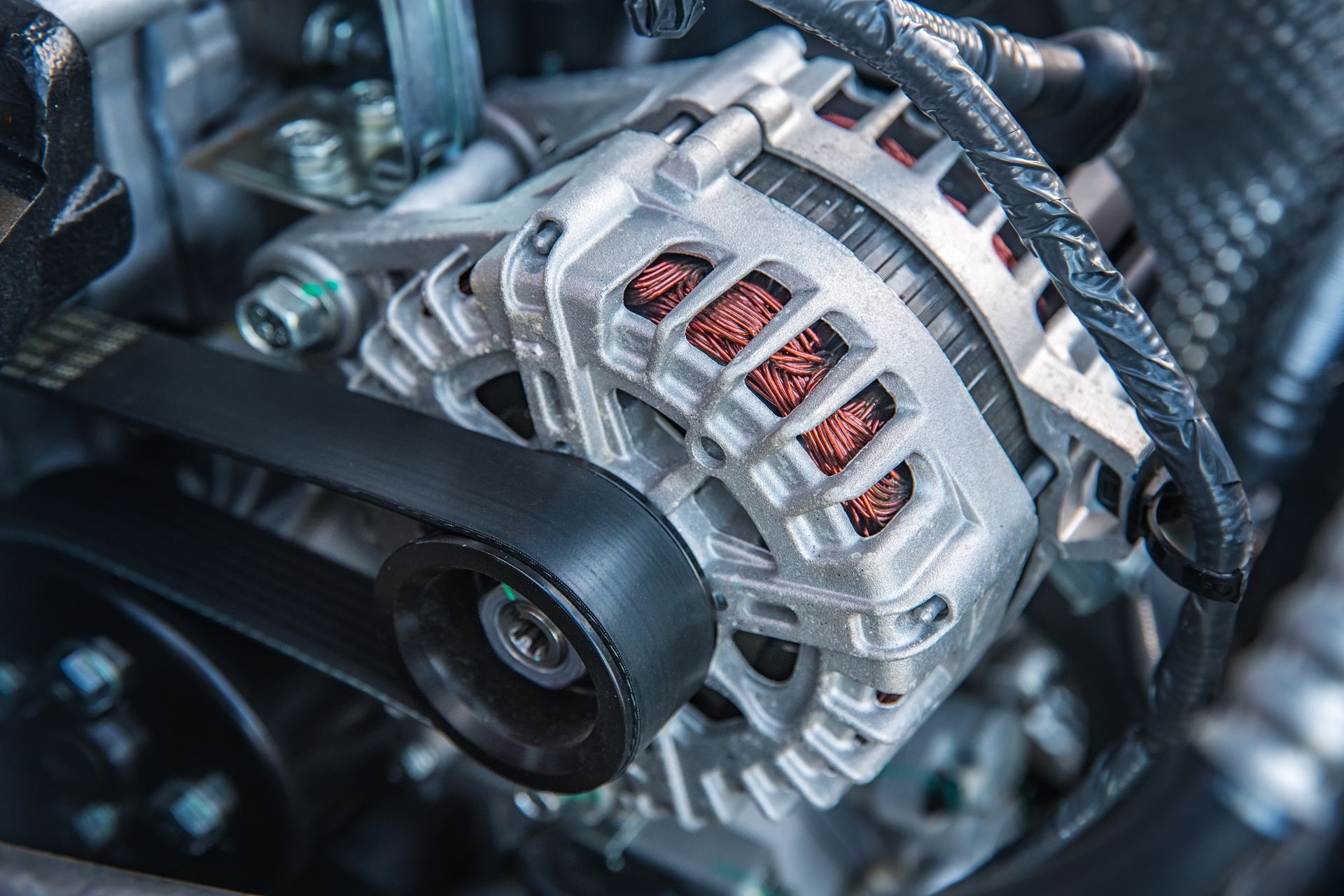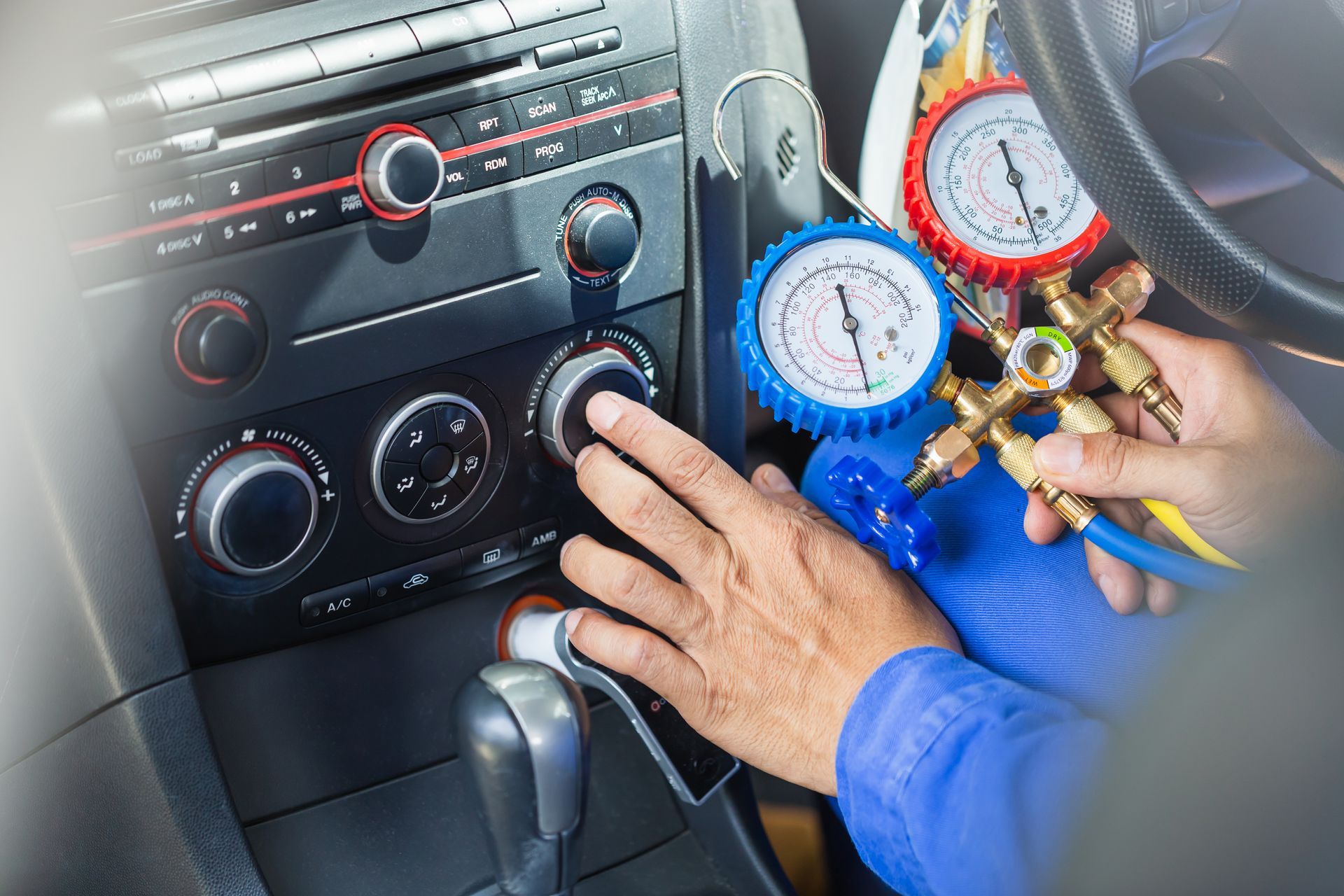Few things can make a driver’s heart skip a beat, like seeing the check engine light illuminate on the dashboard. It’s a small warning, but it can mean anything from a loose gas cap to a major engine problem. So, how do you determine whether it’s something minor or a sign of a serious issue that requires immediate attention? Let’s walk through what you need to know about this often misunderstood warning light.
What Does the Check Engine Light Mean
The check engine light is part of your car’s onboard diagnostics system (OBD). When this light comes on, it means your car’s computer has detected a problem with one or more components. The severity can range from a simple fix to something that could potentially leave you stranded.
Common Causes of the Check Engine Light
While the check engine light might seem vague, there are a few common culprits behind its illumination:
- Loose or Damaged Gas Cap: Sometimes, the simplest issues trigger the light. A loose or broken gas cap can cause fuel vapors to escape, impacting your car’s emissions system. Tightening or replacing it may solve the problem.
- Oxygen Sensor Failure: This sensor monitors the amount of unburned oxygen in your car’s exhaust. A malfunctioning sensor can lead to poor fuel economy and increased emissions.
- Faulty Catalytic Converter: The catalytic converter helps reduce harmful emissions, and if it’s not functioning properly, you’ll notice reduced performance and fuel efficiency.
- Malfunctioning Ignition System: Problems with spark plugs or ignition coils can cause misfires, which could trigger the light.
- Failing Mass Airflow Sensor: This component helps regulate the air-fuel mixture. A faulty sensor can cause poor engine performance and lead to damage if left unchecked.
When Should You Be Concerned
A steady check engine light is often less urgent than one that blinks. If the light is flashing, it’s a sign of a severe issue, such as a misfire that could damage the catalytic converter. In this case, you should stop driving and have your car inspected immediately.
On the other hand, a steady light could indicate a minor issue. That said, it’s always a good idea to get it checked out promptly. Ignoring it could allow the problem to worsen, potentially leading to costly repairs.
How Can You Diagnose the Problem
Modern vehicles are equipped with an OBD-II port, allowing professionals to connect a diagnostic tool that reads trouble codes from your car’s computer. These codes provide insight into the issue, helping pinpoint what triggered the light. While you can purchase an OBD-II scanner yourself, it’s best to have a professional handle the diagnosis to avoid misinterpretation.
If you’re driving in Virginia Beach, VA, having a trusted shop nearby to handle diagnostics and repairs can give you peace of mind.
Steps to Take When the Light Comes On
Here’s what you should do if you notice the check engine light:
- Check Your Gas Cap: Tighten the cap if it’s loose and see if the light turns off after a few drives.
- Monitor Vehicle Performance: Pay attention to how your car is running. Are there unusual noises, reduced power, or vibrations?
- Avoid Driving Long Distances: If the light stays on, avoid extended trips until the issue is diagnosed.
- Seek Professional Help: Don’t wait too long to schedule an inspection. A quick check-up could save you from bigger headaches later.
The Importance of Timely Action
While it’s tempting to ignore the check engine light, doing so could lead to more significant problems. Minor issues left unaddressed often spiral into expensive repairs. Regular maintenance and addressing warning signs like the check engine light can keep your car reliable and safe.
Don’t let the check engine light keep you guessing. Visit
Harvey's Garage in Virginia Beach, VA, for expert diagnostics and repair services. Our team will pinpoint the problem and get you back on the road with confidence. Call us today!
